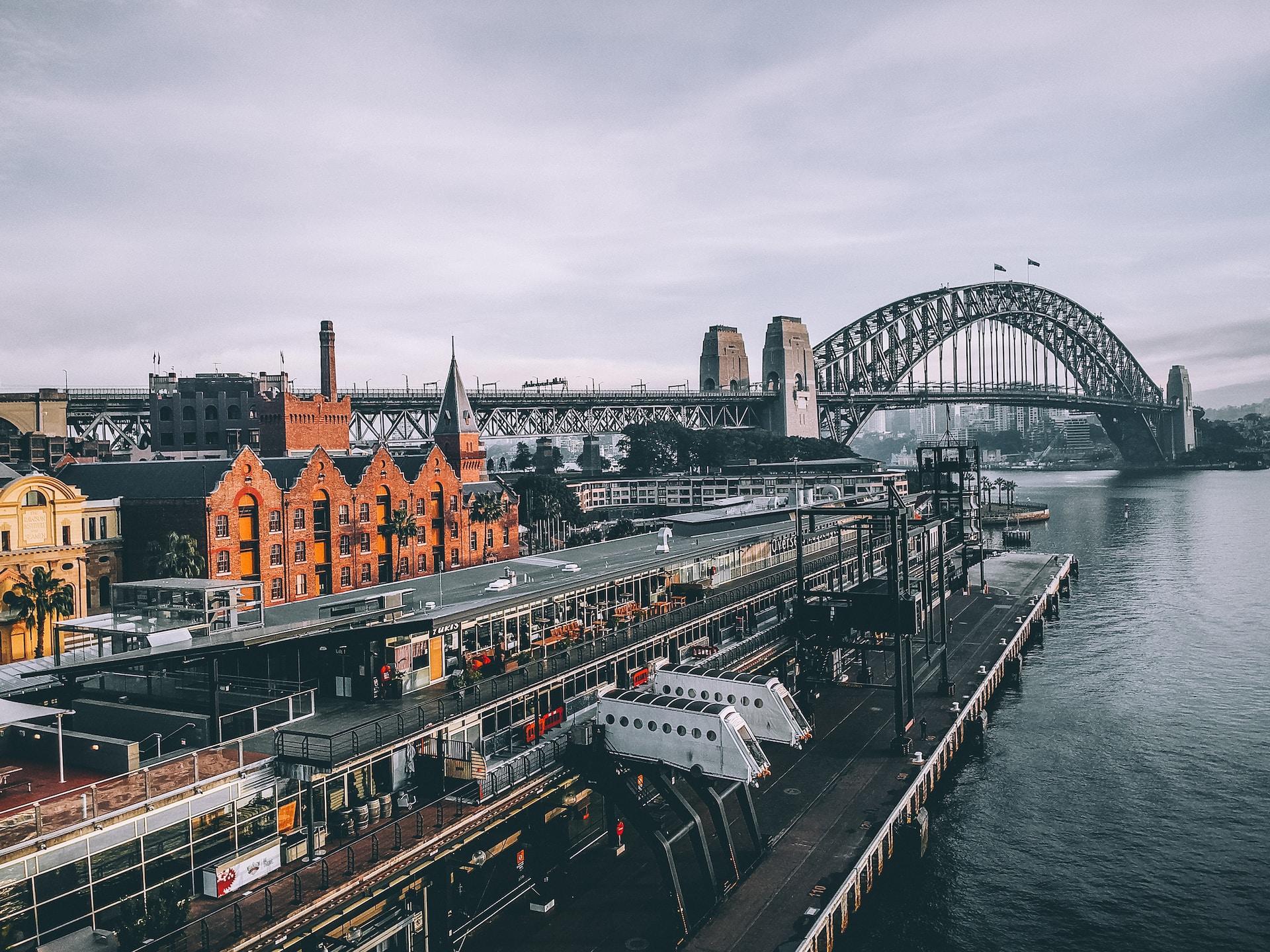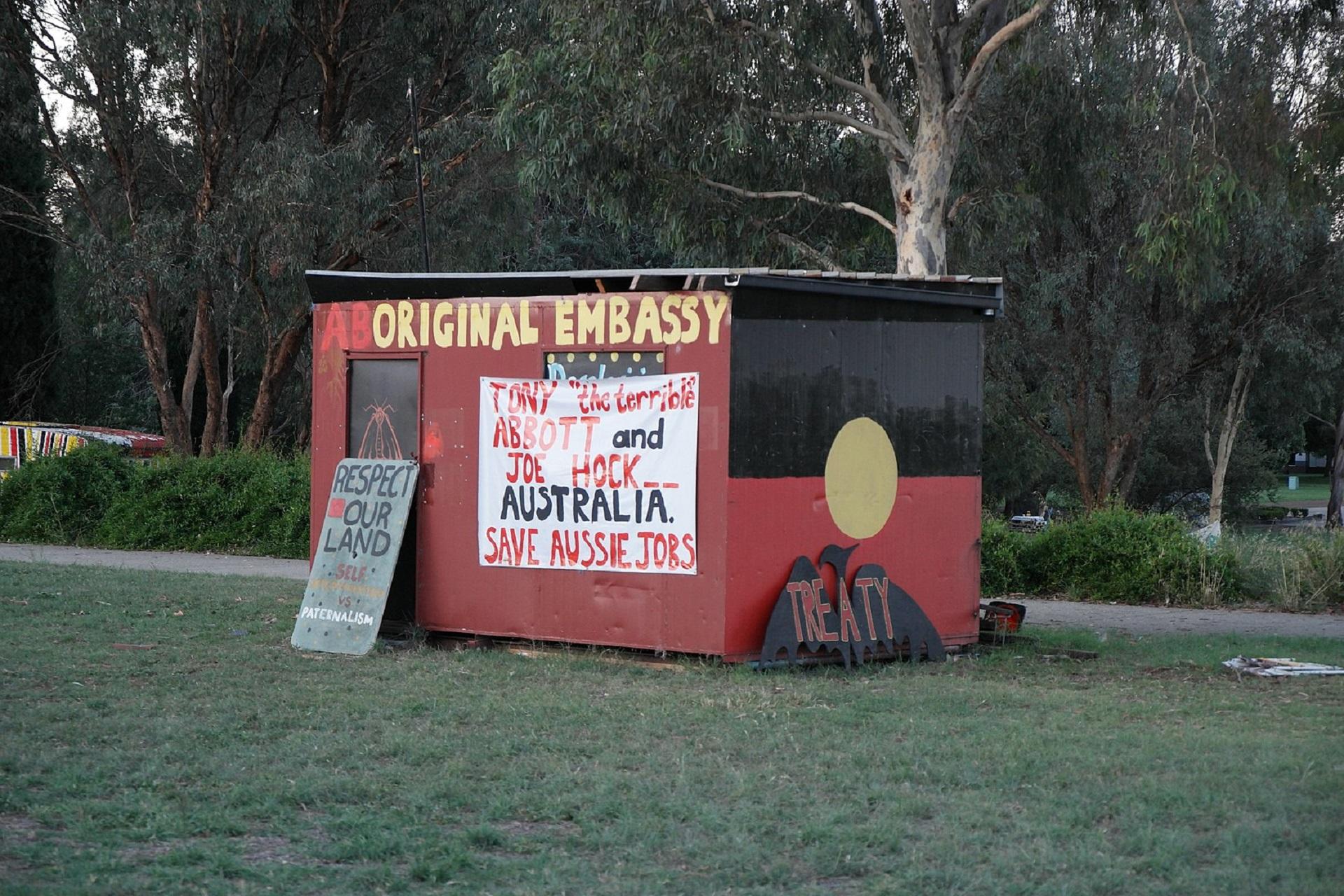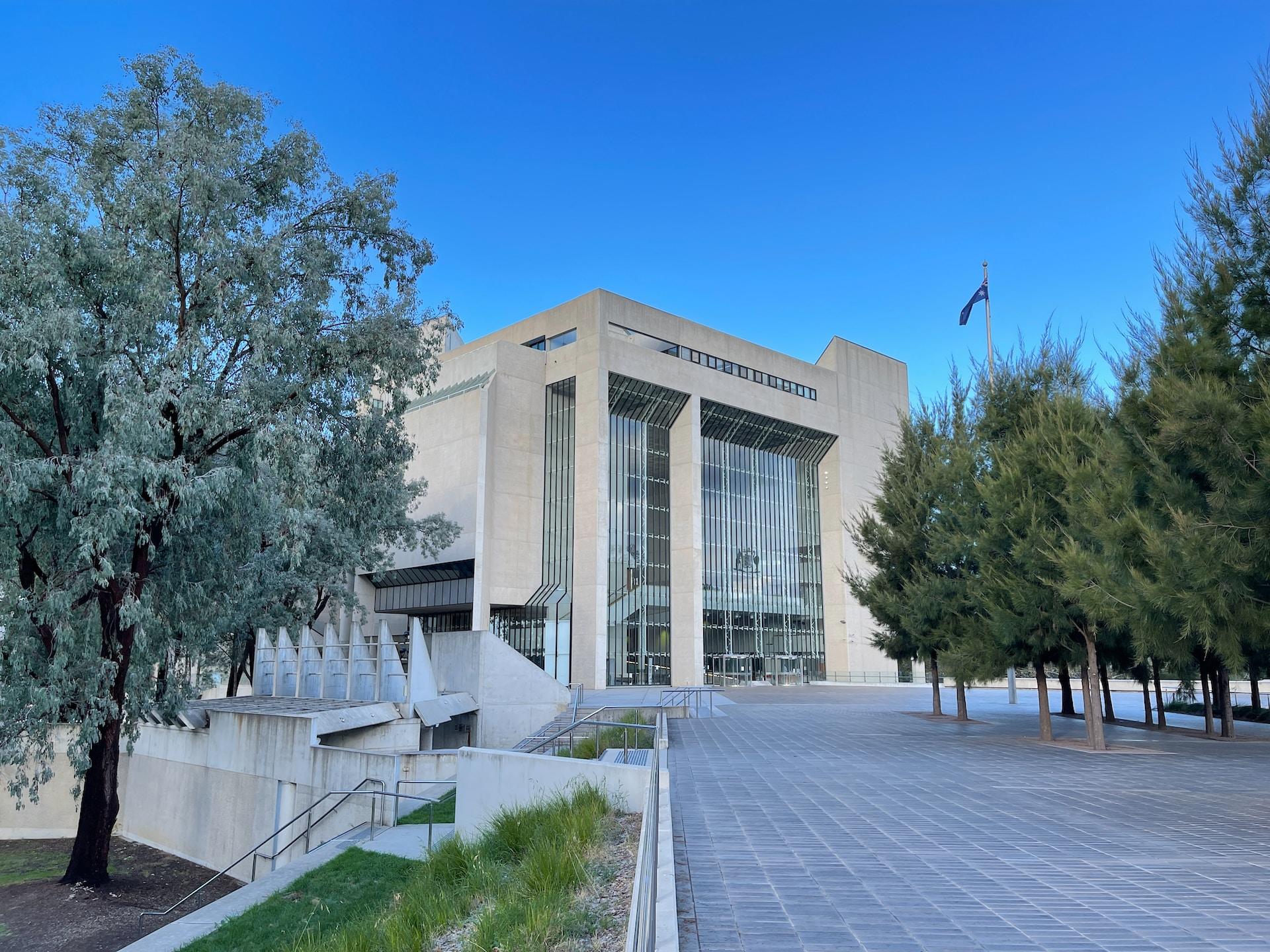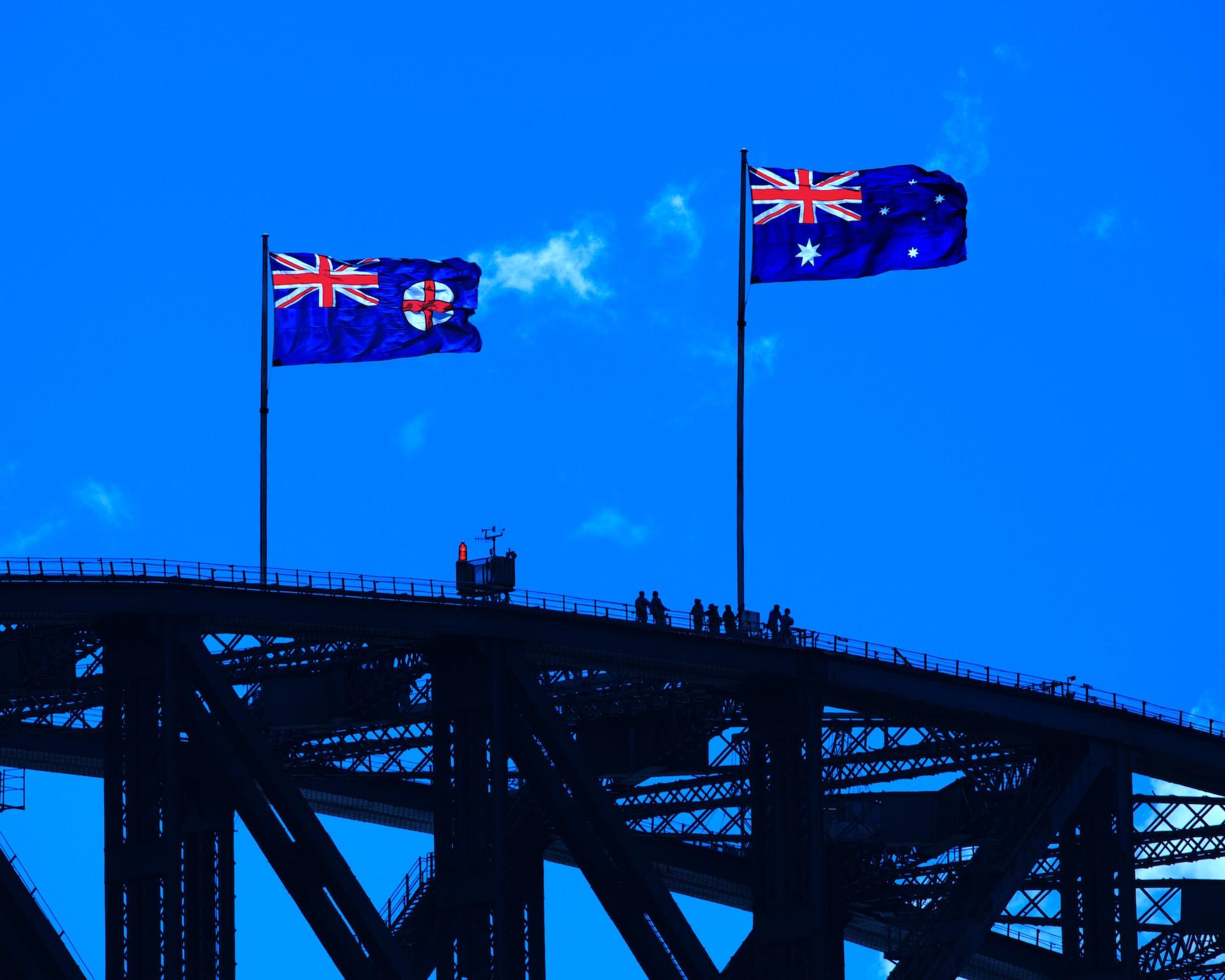Did you know that the list of countries that don't have a constitution is much shorter than the one describing all the countries that do? Nearly every country has a constitution.
To date, 188 countries have such a document, including every country in South America and on the African continent, save one each.
Constitutions seem to be the preferred foundation of governments the world over. So it might seem strange that some high-profile countries have eschewed the document.
Among them are the United Kingdom (UK), Canada and our neighbour, New Zealand. They all seem to get on alright, you might think, so what's the point of the Australian Constitution?
And why do the Australian people need to know about it? To answer that question, we need to look at why and how our Constitution came to be.
We'll also study what the Constitution does and doesn't do and how we can change it, as needed.

Federation and the Australian Constitution
Indigenous Australians - Aboriginal and Torres Strait Islander people, occupied these lands for thousands of years. European explorers started 'visiting' as early as 1606 but colonisation didn't begin in earnest until 1788.
The first British colony set up camp in New South Wales (NSW), founding Sydney. Tasmania, Perth and South Australia were colonised in short order.
In less than 100 years, these colonies became thriving towns; colony leaders carved the country into states and engaged in interstate commerce. Trouble was, these transactions lacked formality and regulation.
Colonists had no way to tax the commerce they were engaged in, which caused problems when trying to pay duties to the Crown. They started talking about solutions.
The American Civil War forced colonists to shelve the debates. As it was, colonists each insisted on their own supremacy, with NSW's leader being the most vocal in that regard. As North fought South on the other side of the world, colonists began to wonder whether uniting would be a good idea. That sentiment lasted for about 30 years.
But there was more going on. French, German and Dutch explorers were beginning to nose around. These enemies of the Crown caused much disquiet, which paralleled the realisation that people no longer felt like royal subjects. A series of conventions led to discussions about how these six colonies could form a federal nation.
To be sure, ideas of supremacy still lingered. At times, some colony leaders failed or refused to attend conventions but, over a decade, all concluded that uniting would be for the best. Talks turned to systems of government; participants drafted a proposed constitution. It lacked direction on many crucial points, particularly taxation.
The NSW colonial parliament rejected it and momentum died. It took roughly four years for the six colony premiers to re-energise the initiative. This time, they produced a document that included instructions for responsible governance. The final, agreed-upon draft went around five of the six colonies, and then off it went to England, to petition the Queen.
The six colonies became a nation on January 1, 1901. State parliamentarians still had to work out the finer points of federalisation.
They met and held a series of referendums to hammer out those details. The Australian Constitution became the law of the land on 9 July 1900.

What Does the Australian Constitution Cover?
The Australian Constitution contains 128 sections divided into eight chapters, currently totalling 17,318 words - about 12 times this article's length. As members of Parliament and the Governor-General must take an oath of office, the Constitution contains that oath.
And it contains several constitutional conventions - things that are implied rather than specified. For instance, the Constitution does not specifically mention the Prime Minister, though it describes the minister's duties and functions.
However, it does mention the Governor-General and states that they are the monarch's representative. It further states that the monarch appoints them based on our Prime Minister's recommendation. And it describes the Senate and the House of Representatives, how to fill those seats and what each position's term limits are.
All of this is covered in Chapter I, along with a list of topics Parliament may debate. Chapters II and III set the guidelines for the executive and judicial branches, respectively. That includes limits on their power, as well as their duties and obligations.
Chapter IV addresses the issues that the original colonists argued over so fervently. This Finance and Trade chapter covers all rules for any commercial matter our country may engage in. Section 92 sets forth laws for international trade and the 'absolutely free' trade states may engage in with each other.
Chapters V and VI address the States. Chapter V lays out the powers of the States and what role they play within the federal system. It also specifies that states will default to Commonwealth laws should there be any question about a particular law or statute.
Chapter VI allows for new states and describes the procedures to admit them.
Chapter VII covers various provisions, among them declaring where and how the future country's capital will be. Chapter VIII contains a single section, Number 128. The chapter bears the title Alteration of the Constitution. It specifies that our founding document cannot be changed without a majority of citizens and a majority of states approving it.
Our upcoming referendum on the Voice to Parliament constitutional amendment results directly from Section 128. It means to welcome a body of Indigenous and Torres Strait Island people to parliament houses. They will advise lawmakers on matters that directly impact Aboriginal people.

Interpreting the Australian Constitution
Any change to our Constitution that benefits First Peoples benefits all Australians. All Australians are keen to ensure those rights are enshrined into the law. Australians have voted in 44 referendums since our country became a federated state.
Of all of them, the Aboriginal Rights referendum (1967) garnered the most support.
Citizens raising their voices to ensure everyone's rights is what makes referendums so important. Fortunately, the questions are written to be as clear as possible about what the proposed amendment will do. It may be so because our Constitution is also written in what most would call 'plain text'.
Some countries' constitutions are written in language so formal and old-fashioned that people today struggle to get their meaning. That opens the possibility of many interpretations. In some places, fierce debates ensue over the letter of the law (what the text says) and the spirit of the law. That latter represents what the law was intended to mean when it was originally written.
In Australia, our High Court is responsible for constitutional interpretation. It's a sizable task as our founding document is sometimes ambiguous in outlining rights and freedoms. For instance, our freedom of political communication is clear but our right to elect members of Parliament is less so. High Court Justices baulk at declaring them implied rights, often interpreting them as constitutional guarantees.

Changing the Australian Constitution
As mentioned earlier, any proposed change to our Constitution must be put to a national vote. A majority of people must vote in favour of the amendment, and a majority of states must, as well. For instance, let's say a proposed amendment garners 56% of the popular vote nationwide. Forty-four per cent of the people don't want the amendment but a majority do.
According to Australian law, that voting result meets the 50%+1 criterion. But our Constitution requires a double majority for any change to it. So after tallying the popular vote, officials count the votes in each state. In three states, favourable votes tally less than 50%+1. With the state vote tally at 3:3, there is no state majority to allow the bill to become law.
Whether you want to call it a right, a freedom or a privilege, Australians are lucky to have this Constitutional mandate. It means that the government may not legally change the document that shapes our politics and society without our consent. Nor may any political faction - as has happened, often by stealth and presented as a fait accompli, in other countries.
Australians don't need to know every word of their Constitution but they should have more than a passing familiarity with it. At least, we need to know how our government works and why it works the way it does. This knowledge allows us to be civically engaged and participate in our representative democracy. It informs us of our rights and obligations as citizens.
In some countries, citizens have a hard time feeling that they 'belong' or that they're valued members of society. Their governments are remote, operating without any citizen input other than at election time. That makes it hard for voters to choose their representatives based on the issues their governments currently address.
Around the world, voter turnout is trending down but in Australia, every eligible citizen on the voter rolls must vote. Even if that means returning a blank ballot.
They must also vote in referendums, like the upcoming one meant to give a voice to Aboriginal and Torres Strait Islander people. Look for your ballots in October or November and cast your vote!















